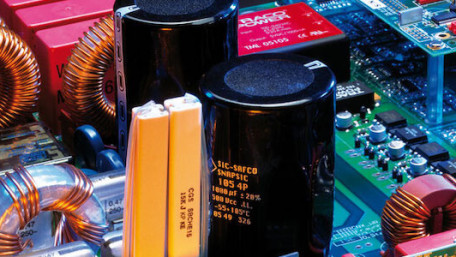
Learn the basics of DC/DC converters and their uses in industrial automation.
Learn the basics of DC/DC converters and their uses in industrial automation.
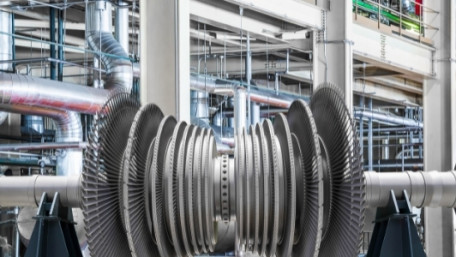
Industrial energy systems are imperative for continuous manufacturing production and should be maintained to ensure…
Industrial energy systems are imperative for continuous manufacturing production and should be maintained to ensure efficiency. Learn how to maintain these systems and implement automation devices.
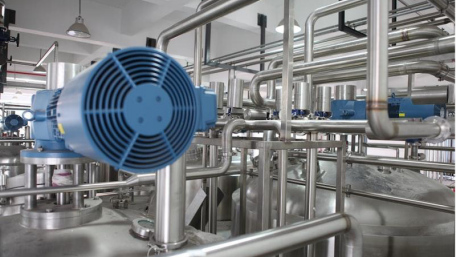
Broken industrial machinery can cause unexpected downtime, production loss, and even injury. Let's look at some of the…
Broken industrial machinery can cause unexpected downtime, production loss, and even injury. Let's look at some of the most common issues and how to properly address them.
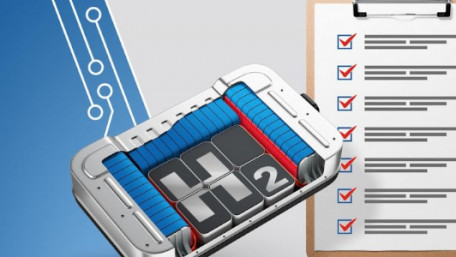
Fuel cell simulation, modeling, and testing are vital to the expansion of fuel cell usage. But how can engineers…
Fuel cell simulation, modeling, and testing are vital to the expansion of fuel cell usage. But how can engineers specifically use LabVIEW for fuel cell hardware-in-the-loop (HIL) system simulation and testing?
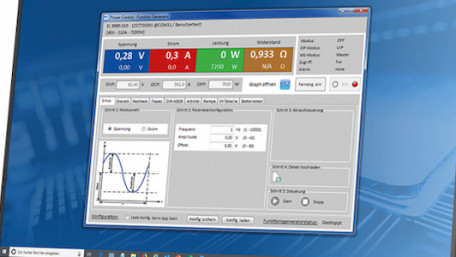
New control technology requires new interfaces. How can you implement fuel cell hardware-in-the-loop (HIL) simulations…
New control technology requires new interfaces. How can you implement fuel cell hardware-in-the-loop (HIL) simulations using an HMI?
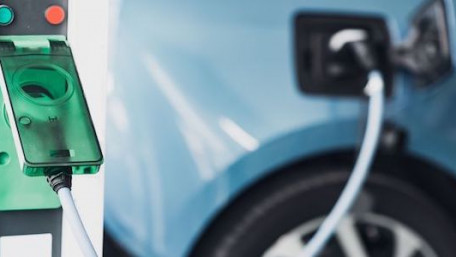
Fuel cell use is picking up in manufacturing and industrial automation. But what is a fuel cell, how is it different from…
Fuel cell use is picking up in manufacturing and industrial automation. But what is a fuel cell, how is it different from traditional power sources, and what are some common hardware-in-the-loop (HIL) simulation options?
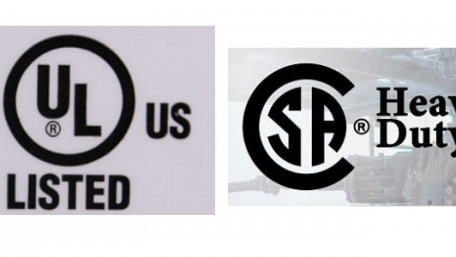
Now that we’ve learned the basics of common certifications like CSA and UL, let’s figure out their similarities and…
Now that we’ve learned the basics of common certifications like CSA and UL, let’s figure out their similarities and differences.
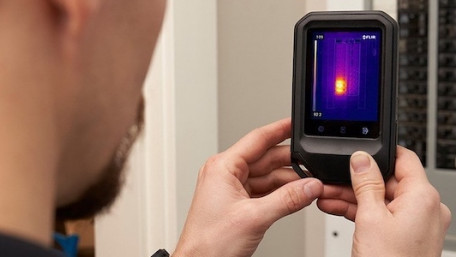
In industrial control, it is crucial to have a basic understanding of the units that define and describe the ratings of…
In industrial control, it is crucial to have a basic understanding of the units that define and describe the ratings of components.
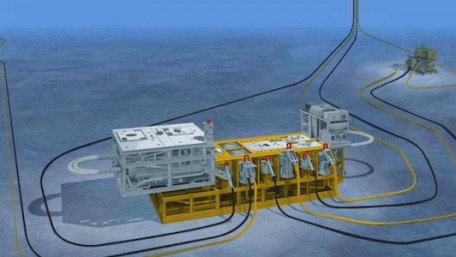
Dive into the critical functions of a subsea control system and how to utilize subsea production equipment to automate…
Dive into the critical functions of a subsea control system and how to utilize subsea production equipment to automate industrial processes, such as oil drilling and production.
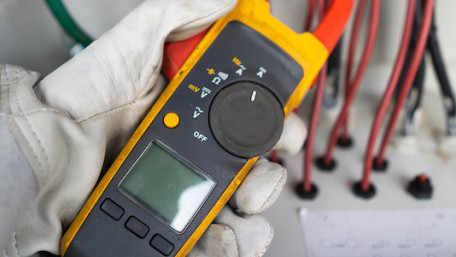
From plant management to tuning your control system, there are a few specific math concepts you may need to know.
From plant management to tuning your control system, there are a few specific math concepts you may need to know.
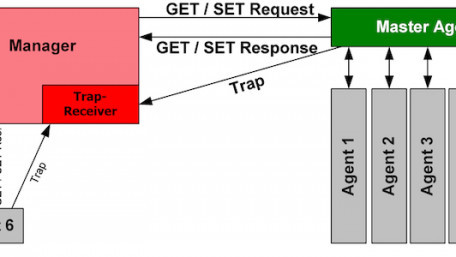
This article discusses common implementations of UPS in control systems and important design considerations.
This article discusses common implementations of UPS in control systems and important design considerations.
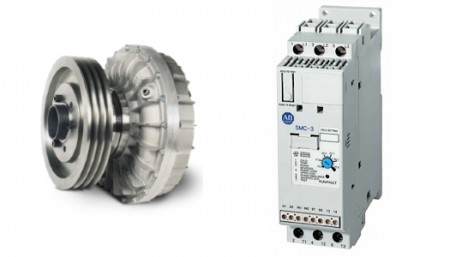
Learn about the different types of electrical and mechanical soft-start methods as well as devices to use for each method.
Learn about the different types of electrical and mechanical soft-start methods as well as devices to use for each method.
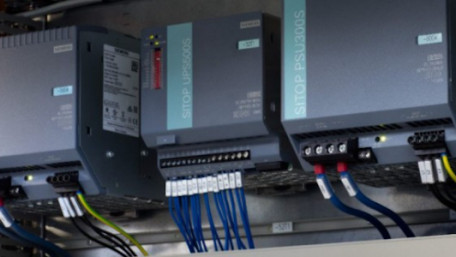
Learn about some common implementation strategies of UPS in control systems and important design considerations.
Learn about some common implementation strategies of UPS in control systems and important design considerations.
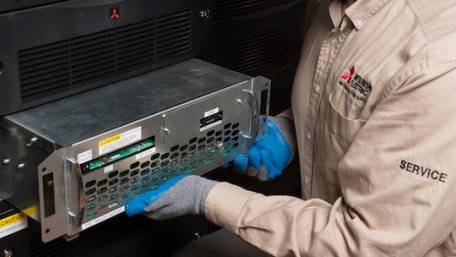
Learn the general functionalities and different types of uninterruptible power supplies (UPS) and why they are important…
Learn the general functionalities and different types of uninterruptible power supplies (UPS) and why they are important in control systems.
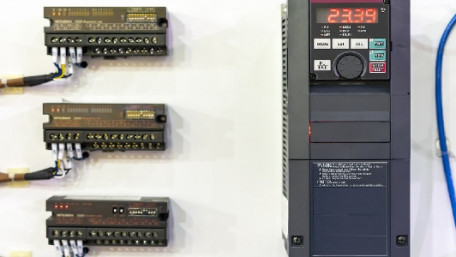
Variable frequency drives (VFDs) can output simulated waveforms of nearly any frequency. However, in order to be truly…
Variable frequency drives (VFDs) can output simulated waveforms of nearly any frequency. However, in order to be truly useful, harmonics and resonance in the system must be avoided and frequency parameters should be put in place.
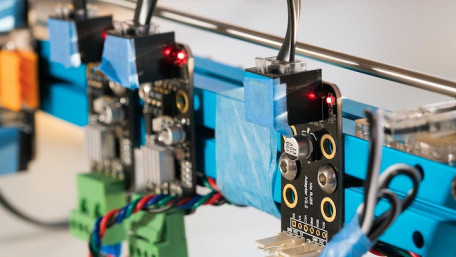
Of all types of three-phase motors, the twelve-wire motor provides the most options for connecting based on voltage and…
Of all types of three-phase motors, the twelve-wire motor provides the most options for connecting based on voltage and system configuration (wye or delta). Learn the details and wiring options of these versatile motors.
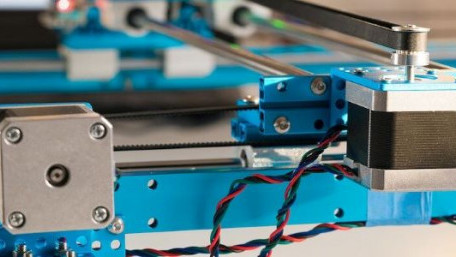
Three-phase motors with three or six wires have limited options for wiring, but are easier to use and have important…
Three-phase motors with three or six wires have limited options for wiring, but are easier to use and have important roles to play. Learn the difference between three- and six-wire three-phase motors for low and high voltage applications.
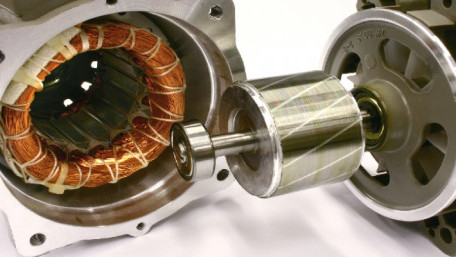
In this article, learn the differences between single- and three-phase motors, including how each one works and…
In this article, learn the differences between single- and three-phase motors, including how each one works and applications best suited for each type.
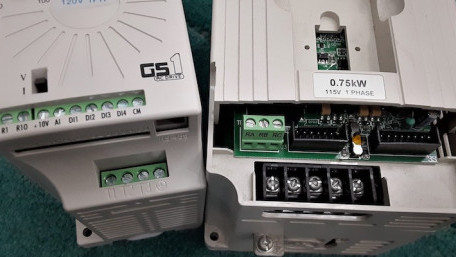
To increase the flexibility of a motor control system, a variable frequency drive (VFD) is a common device that solves…
To increase the flexibility of a motor control system, a variable frequency drive (VFD) is a common device that solves many motor control problems. In this article, learn how to control manual input of VFDs.
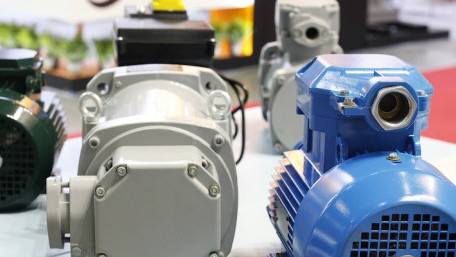
This article looks at some common windings and wirings for three-phase motors, including internal Wye windings and low…
This article looks at some common windings and wirings for three-phase motors, including internal Wye windings and low and high voltage wirings.
